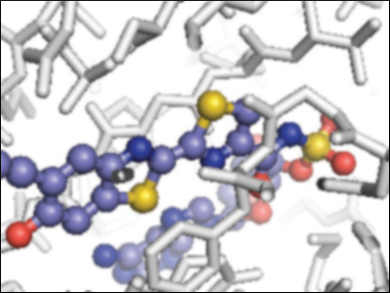Bioluminescence is a versatile imaging platform with applications ranging from metabolite biosensing to whole animal imaging. At the heart of this technology are enzymes (luciferases) that catalyze the oxidation of small molecule substrates (luciferins). During each enzymatic transformation, an electronically excited oxyluciferin is generated, which emits a photon of light upon relaxation to the ground state.
Luciferase-luciferin pairs have been widely used to study enzyme activities and gene expression patterns in live cells and tissue lysates. Additionally, since bioluminescence does not require an excitation source, this technology is well-suited for noninvasive imaging in whole animals, where delivery of excitation light is often inefficient or impractical.
Jennifer Prescher and co-workers, University of California, Irvine, USA, have synthesized and characterized an alkyne-modified luciferin. This scaffold is isolable in useful quantities and is a functional light emitter with luciferase. The alkynyl probe can also be selectively modified with azido groups. Such designer luciferins are applicable to multicomponent imaging or biosensing in cells and live organisms. Based on its accessibility and unique features, the team anticipates that the alkynyl probe will find use in various imaging assays and further expand the scope of bioluminescence technology.
- Design and Synthesis of an Alkynyl Luciferin Analogue for Bioluminescence Imaging,
Rachel C. Steinhardt, Jessica M. O’Neill, Colin M. Rathbun, David C. McCutcheon, Miranda A. Paley, Jennifer A. Prescher,
Chem. Eur. J. 2016.
DOI: 10.1002/chem.201503944
This article is soon to feature in Chemistry ‒ A European Journal‘s up-coming “Women in Chemistry” special issue.



